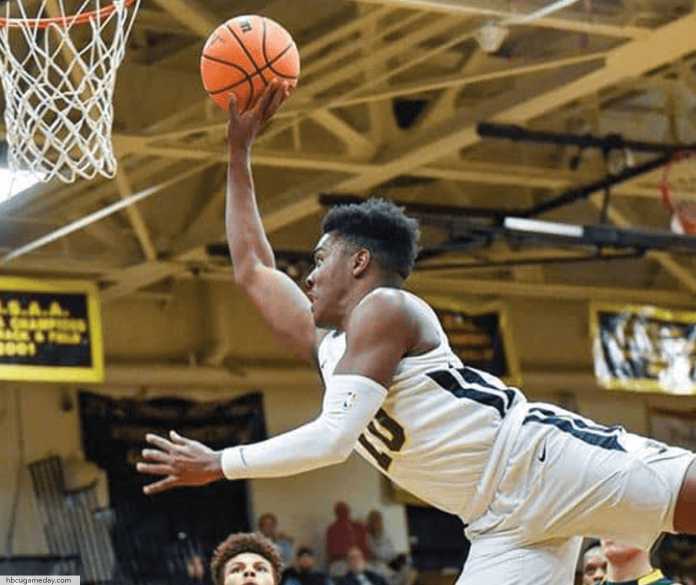
The State of High School Basketball in the Age of COVID-19
COVID has done some serious damage to athletics this year and made it challenging for athletes to showcase their talents. In many states, high school basketball programs are running, while many plan to start in January or not start at all.
In North Carolina, in-season practices began last week. The state has issued a mask-mandate for all indoor sports, excluding swimming. This mandate does not apply to collegiate and professional teams. Masks should not only be worn in practices, but games as well, according to the updated guidelines from the NCHSAA.
Many players have reported difficulties breathing, since basketball is a high-intensity sport and players are constantly in motion. The NCHSAA plans to add mandatory, 60-second timeouts during each quarter of the game to help the issue.
Caden Davis, a senior from R.J. Reynolds High School, shared his experience thus far in an interview with HBCU Gameday.
“I’ve experienced getting in the middle of the action, and your mask might fall down, but you’re not really thinking about it,” Davis said. “You’re worried about playing, so you’re not thinking about pulling it up. You’re thinking about getting through the play.”
In other states such as California, high school athletics were completely put on hold. The California Interscholastic Federation has been working with health officials on a plan to split the 2020-21 season in two for all sports, set to begin in early January.
Los Angeles Laker Lebron James had something to say about the delay in California’s high school athletics programs.
Trying to figure out how there is College California basketball teams playing, soon to be Pro teams playing but not High School teams playing. ?
— LeBron James (@KingJames) December 4, 2020
James is the father of Bronny James, a sophomore basketball player who attends Sierra Canyon, a California high school that has been affected by the delay. James received some rebuttal, with many suggesting that it is more difficult due to the costs of consistent COVID-19 testing for high school programs.
California has also issued public guidelines and is trying to take the necessary precautions for their athletes. The CIF issued new guidelines along with an announcement last week:
“Due to the continued surge in COVID-19 infections, the California Department of Public Health has postponed the issuance of its updated youth sports guidance. The California Interscholastic Federation (CIF) does not expect the CDPH will issue any guidance allowing for schools to return to full practice and competition until after January 1, 2021, at the earliest. Thus, all full practice and competition start dates are officially on hold until updated guidance is issued.”
It is a sticky situation for most athletic programs, especially with wanting to protect athletes and staff as much as possible. There is no “right way” that has been found to handle high school athletics, especially with the cost of frequent testing and having access to it.
For some, playing is all that matters. For others, the chance of catching COVID-19 is a concern to many and their families. The chances of the coronavirus pandemic improving by January are slim, but hopefully precautions can be efficiently used to keep athletes safe on and off the court.
Written by: Kyra Vandiver





